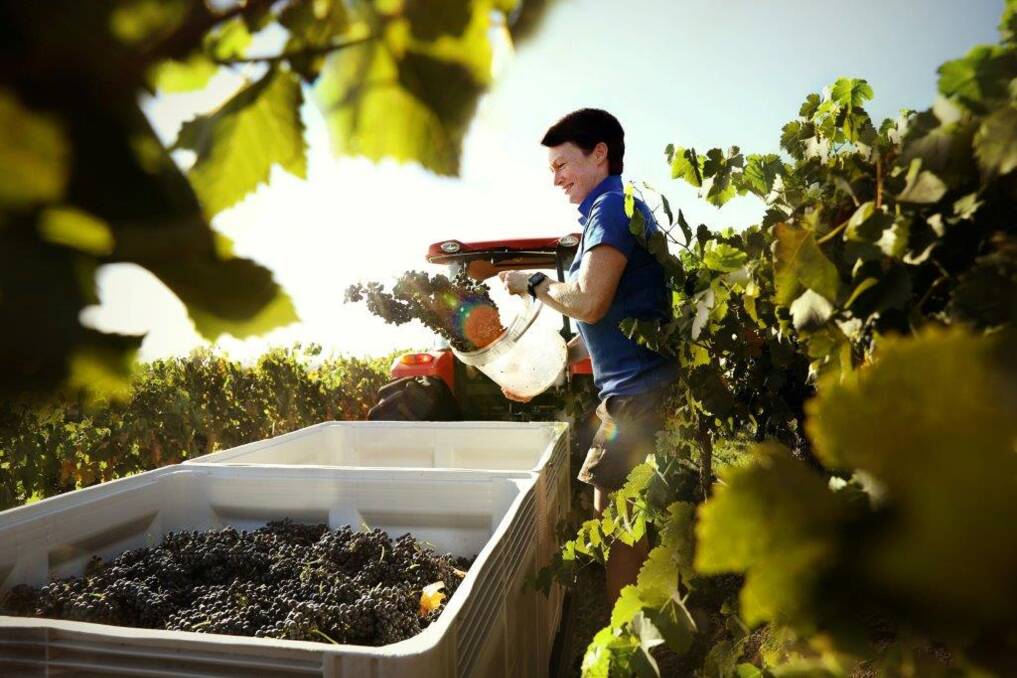
SOME Hunter vignerons are happy with their 2020 vintage but key producers Tyrrell's, McWilliam's Mount Pleasant, Brokenwood, Meerea Park and the Davis Wine Group have been hard hit by the double whammy of smoke taint and drought.
Subscribe now for unlimited access.
$0/
(min cost $0)
or signup to continue reading
Last week Mount Pleasant announced that because of smoke taint it had decided not to pick any grapes for Vintage 2020 and Tyrrell's said most of its vineyards would not be harvested for wine production and it would have a severely reduced 2020 vintage.
Smoke taint gives grapes burnt, smoky, medicinal or "dirty ash tray" characters.
In a survey I conducted with other producers I found viticulturist Brett Keeping of Two Rivers vineyard and Mike De Iuliis, chief winemaker for De Iuliis Wines, optimistic about their vintages. Gwyn Olsen, chief winemaker for the Davis Wine Group's Pepper Tree, Briar Ridge, Tallavera Grove and Carillion brands, said the Mount View vineyard was affected by the Crumps Complex fire, adding to the harmful impact of the drought and a hail storm in late 2019.
These factors and Australian Wine Research Institute (AWRI) testing of smoke exposure on the Mount View grapes had brought a decision not to harvest any Hunter Valley chardonnay. Because Pepper Tree vineyard smoke taint levels were lower and, at this stage, its semillon had been harvested to produce a 2020 Hunter-Orange semillon-sauvignon blanc blend, in the coming week verdelho would be harvested.
"We are still in the process of deciding on whether or not to harvest shiraz," Olsen said. "We have not made these decisions lightly and will continue to monitor the wines through ferment. If the quality is compromised, we will ensure these wines do not get bottled."
At this stage the group's grape tonnage will be down about 60 per cent due to drought and hail.
Brokenwood chief winemaker-CEO Iain Riggs said the chardonnay crop from the Maxwell vineyard at Pokolbin had been written off, as had most of Brokenwood's reds. His team had been "picking around the edges" as grapes got riper and taint analysis was coming back from AWRI. These numbers showed that fruit further away from the Brokenback Range was not too badly affected.
"We have about half of normal intake of Hunter semillon and we have about 90 tonnes of it in the shed with, fingers crossed, some of it suitable to be labelled as Hunter Valley semillon," Riggs said.
The great uncertainty was that the insidious smoke taint glycosides were released during fermentation and they hadn't yet got any juice through ferment. Whatever didn't qualify for bottling as Hunter Valley semillon would go to Cricket Pitch white.

